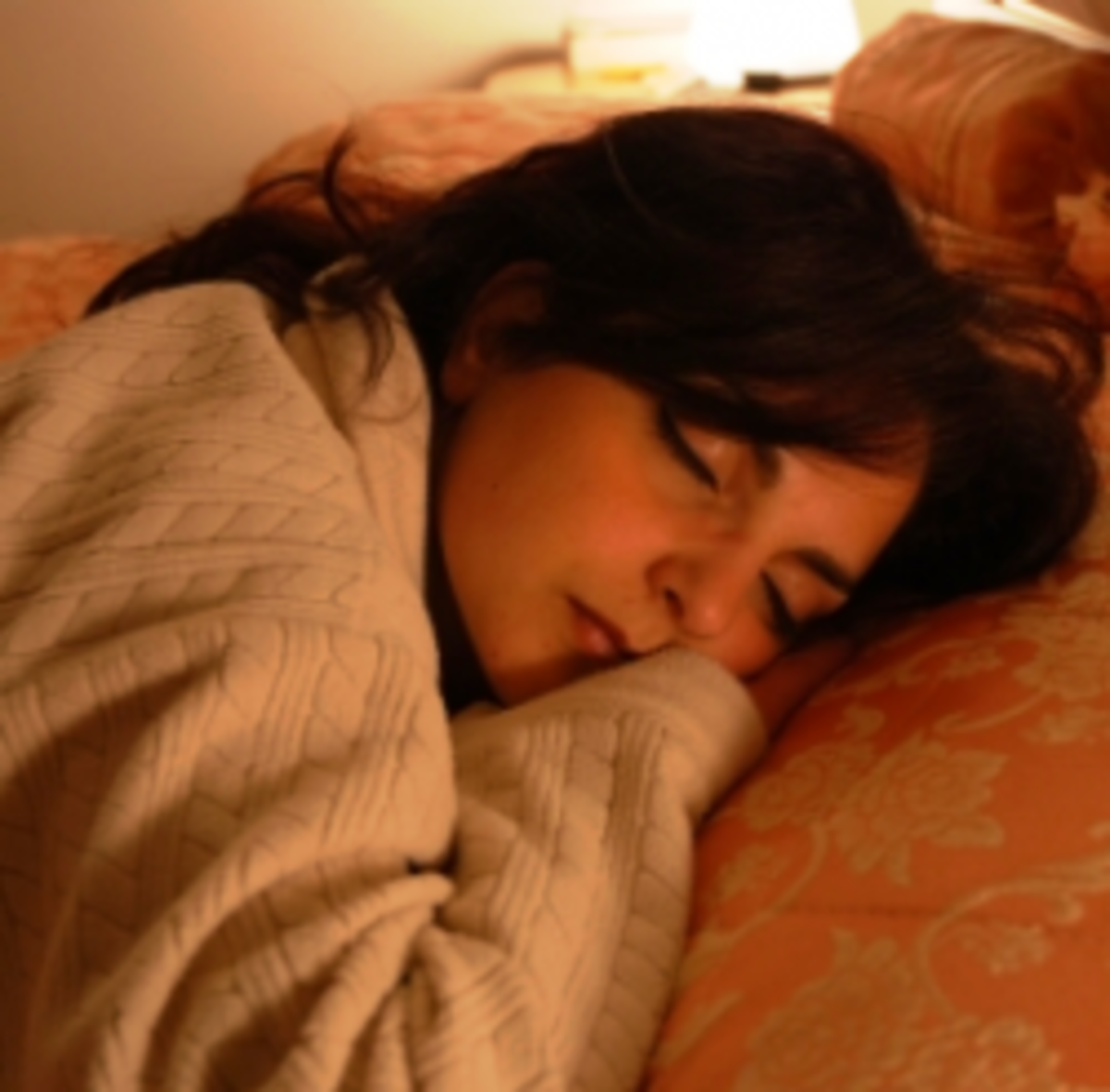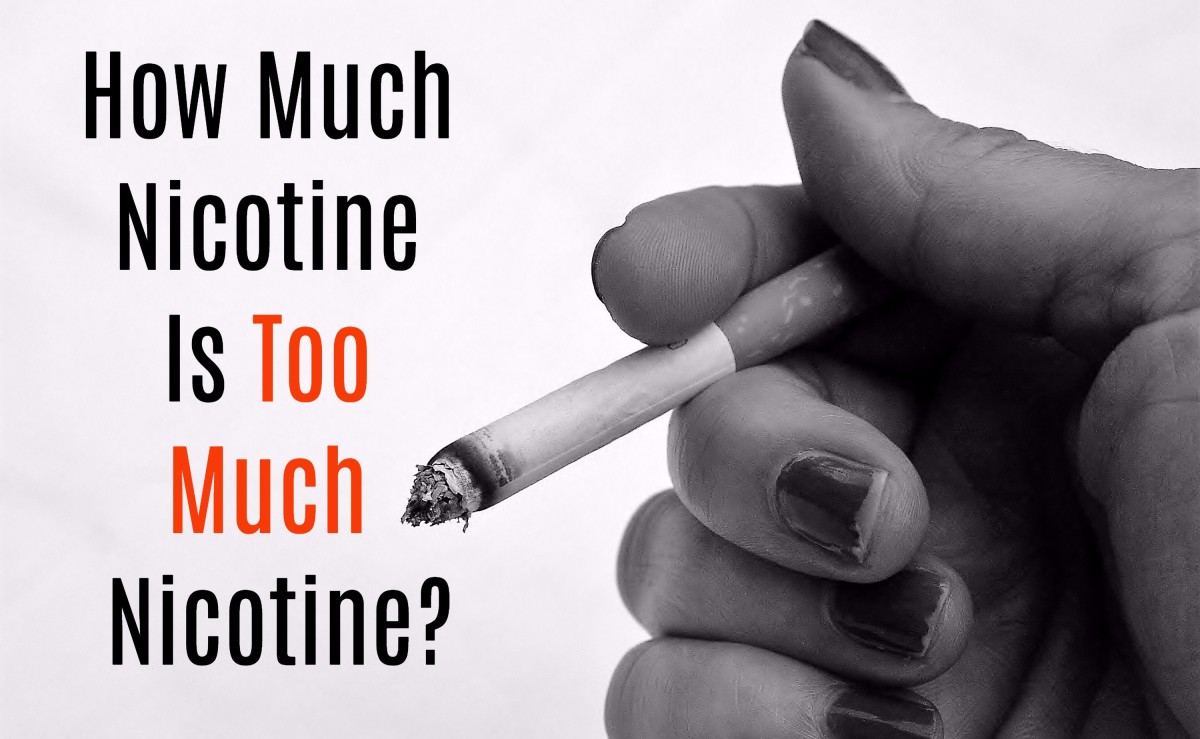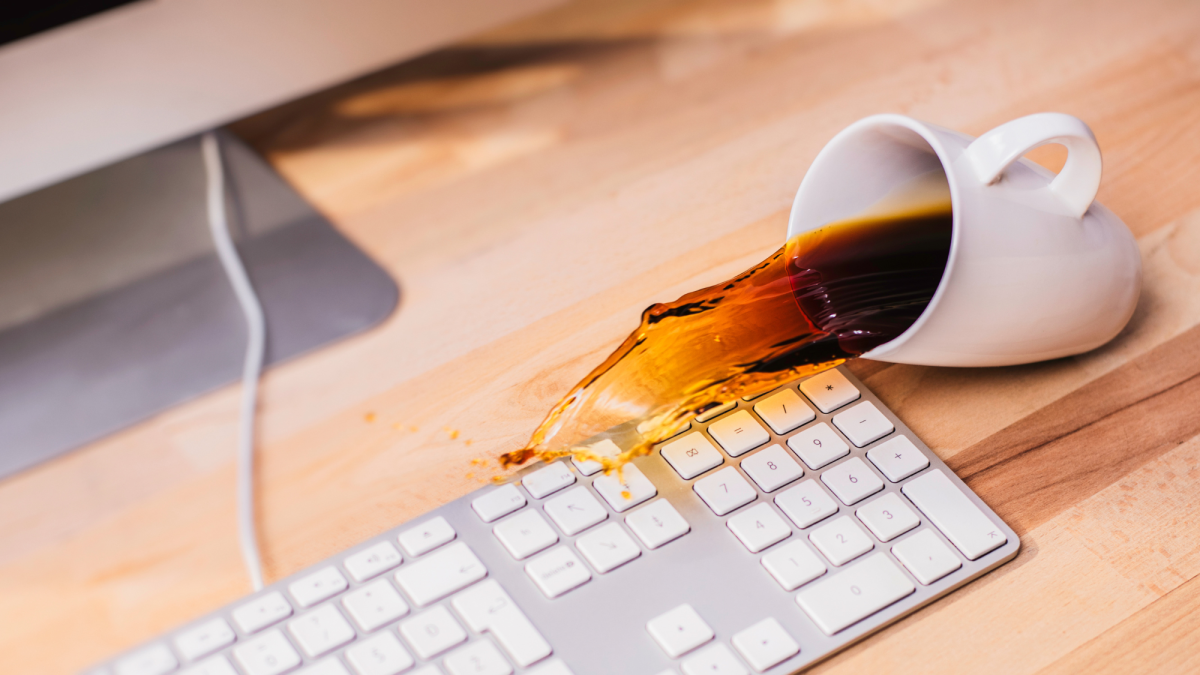FOOD POISONING TREATMENT PRIOR TO WWII
FOOD POISONING
In most cases of food poisoning, you can treat the symptoms at home without needing a doctor. Nowadays, our doctor normally advises you to drink a lot of water, or take oral rehydration salts. If your symptoms are severe, treatment of antibiotics is recommended.
How did people prior to the Second World War think and treat food poisoning? The Practical Home Doctor, a practical guide to emergencies & illnesses in the home, edited by Harley Street Specialist, and published by Odhams Press ltd, in 1939. To many British, this might be a nostalgic book, some elderly people may still remember how they swallowed tablespoonful of castor oil to clear out the bowel, or took powdered wood charcoal or china clay as antidotes. Of course, brandy and whisky in water were panacea, remedies for all disease or ills.
Bellowing paragraphs are excerpted for the book mentioned above, most interesting section is how to treat food poisoning.
THE TWO FORMS OF FOOD POISONING
Food poisoning is divided into two classes, allergic and ptomaine. The former is a common form of food poison, in which certain persons have e a definite reaction to certain articles of food and are upset by them, not because there is anything wrong with the food but because they happen to be sensitive to that particular thing. This state called allergy and people who suffer this way are said to be allergic. Sometimes they are sensitive to one thing only, but often they are sensitive to a number of different substances.
Fish, eggs and milk are the most common things to cause this sort of food poisoning, but strawberries, tomatoes, cheese, pork and many other things are known to do it. Some persons are upset even by such everyday things as chocolate and flour. It appears to be impossible to cure this disability, and the only thing to do is to avoid the particular article of food that has been found to cause the upset. A rash, which may be very irritable, comes out the skin, sometimes in great wheals, and in many cases it is accompanied by a feeling of sickness and vomiting. Some persons become acutely ill, and it is not unknown for the throat to swell rapidly to such an extent that death from suffocation results.
Usually the symptoms pass in a short time of their own accord and nothing is necessary except to take a dose of salts at night or in the morning. A person who is a great sufferer from allergic food poisoning will get into the habit of keeping a strong remedy supplied a doctor at hand ready for use. The quickest method of dealing with the allergy is by an injection of pituitrin or adrenalin.
Ptomaine poisoning is a popular name for a common type of food poisoning by tainted food, but the name is now known to be inaccurate and is seldom used by doctors nowadays -- they simply refer to food poisoning. It used to be thought that the poisoning was due to the food having gone bad and become putrifìed, but ín reality it is always due to contamination of the food by germs. These germs may enter the food either where the food is manufactured or by faulty methods of preservation, which allow germs to enter the food before it is consumed.
GERMS IN FOOD
It is well known that flies and other insects carry germs from one article of food to another on their feet as they walk over uncovered dishes. Once the germs are in the food they find it much more easy to grow and multiply rapidly in some sorts of food than in others.
Jelly is a good material in which to breed germs, so the most common kinds of food that cause this sort of poisoning are those which contain jelly or something similar, in which germs find it easy to grow; for example, pies and other dishes, especially meat pies with jelly in them and minced-up foods and the various kinds of food pastes.
Judging by the look, smell and taste of the food, there is usually nothing to show that it is not quite sound. The germs which infect the food vary greatly in their power of doing harm, and, whereas some sorts will cause only a slight illness, there is one germ in particular, which is fortunately very rare in Britain, called the botulism bacillus, which is always fatal.
Home canning methods of preserving food are sometimes responsible for food poisoning, and for such vegetables as peas, asparagus, root vegetables, spinach and string beans the various boiling water methods are unsafe and should not be used. Sterilization under high pressure is the method which is carried out in tinned food factories, and it is the only safe method for such vegetables, which are good breeding grounds for germs. In America most of the fatal food poisoning arises from eating badly canned vegetables.
HOW FOOD IS CONTAMINATED
Sometimes the animal which is the source of the food may have been infected by disease germs (e.g., mussels and oysters are occasionally infected with typhoid germs), and there are records of several cases in which duck eggs have caused food poisoning through the ducks having been infected. Sometimes, again, the infection is carried by flies and other vermin and about threequarters of the cases of food poisoning occur in the hot months when these pests are flying about.
The only way of preventing food poisoning is to use foods and tinned foods that come only from reputable manufacturers whose methods are known to be efficient, and to exercise proper care after the food comes into your possession. Do not keep meat pies, meat and fish pastes and similar things which have been opened for any length of time in hot weather, and keep milk and other foods protected from flies. Don’t forget that beetles, too, can carry infection.
The symptoms of food poisoning may come on in two or three hours after the infected food has been eaten, though usually it is about twelve hours afterwards. Diarrhoea with offensive stock often the first symptom, accompanied by a feeling of sickness or actual vomiting. There are colicky pains in the lower part of the abdomen or round the navel, with headache, shivering, cold sweats, giddiness and a feeling of collapse and extreme weakness. Sometime there are even convulsions, and very often there is a rise of temperature. These symptoms go on for two or three days, but the patient may feel very ill and weak for some time after that.
HOW TO TREAT FOOD POISONING
For treatment give the patient an emetic to make him sick and get rid of the offending food. Two teaspoonfuls of mustard or two tablespoonfuls of salt in half a glass of warm water is usually effective. Then give two good tablespoonfuls of castor oil to clear out the bowel. No other purgative is really as good as castor oil. After that, give as an antidote a tablespoonful of powdered wood charcoal or kaolin (china clay) in a glass of cold water. Repeat this every half-hour for three doses. In between these doses of charcoal or kaolin give a stimulant, such as a tablespoonful of brandy or whisk in a teacup of water, or a teaspoonful of sal volatile in water, every hour for three or four doses. Keep the patient warm with bottles to counteract the collapse, until the doctor comes.








